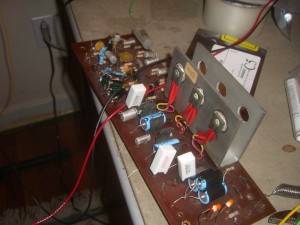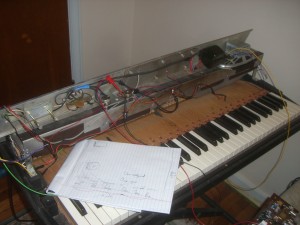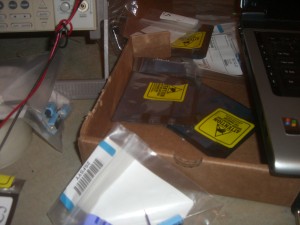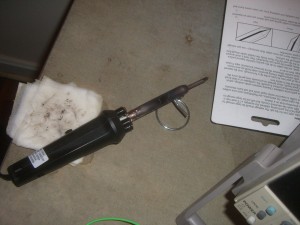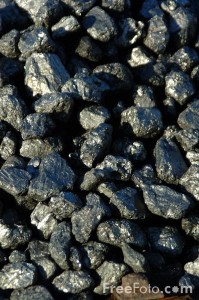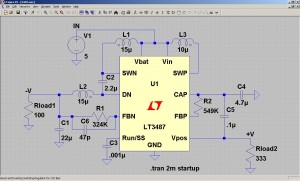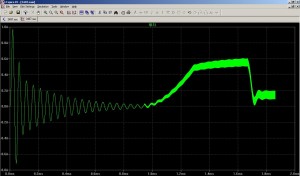It’s 2009.
More importantly I’m still employed. I actually had a blog post planned out for early January in the event that I lost my job. Hey, if you’re not going to promote yourself, who will?

I was reviewing my new years resolutions from last year and I realized the only one I really followed through on was finding new employment. And since finding my new employment and starting a blog and all of those details, I have come to some important realizations, mostly about work:
- If you’re doing it right, there are 3 sections to your life: sleep, work, other.
- Sleep is unavoidable. At least for now. If there are ever advances in sleep technology that allow people to sleep less per night (besides coffee), I will be the first in line. Plus, I have come to the realization that without the sleep component in your life, you enjoy the other 2/3 much less.
- Other is everything you’re not doing when sleeping or working. The most important thing you should be doing (in my opinion) is building relationships in your life and enjoying those relationships. Sure, there are hobbies and time for relaxing and whatnot, but really it’s the connections in your life that will enrich your “other” time. And in this economy, you shouldn’t be planning for too much “other” time, so savor what you get. Heck, I consider this blog to be under this time category and in the event sleep and work and my family and friends get in the way, the blog will fall behind.
- So work takes up that last 1/3 of your life…probably more. What I’m trying to get across is, it’s important, much more so than I was ever told when I was deciding what to do with my life. It’s important to enjoy what you do, who you work with, how fulfilled you are by the things you accomplish and having an employer that respects your non-work time. For me, I continue to tell myself that on mornings when I’m walking the dog in the snow or when I glance at the forecasts for my old hometown. I think about how I enjoy my job now and how I let that trump some other things when deciding whether or not I wanted to change my life around and move up t0 the blustery north. And given the choice, I would do it all again and have advised others to do the same (pick up and move across the country for a job they might like).
- A job that pays you to learn is probably one of the best jobs in the world–I’m not talking about being a grad student (although that’s not bad either). I know those jobs and assistantships pay you (sorta) to learn and do research and such, but my experience has been in the private sector; jobs where the real expectation is that I produce an item that can be sold for the company. However, the important thing is that you learn in the process. My job is particularly well suited to learning, mostly because I am handed problems and then told to start fixing them. Jobs that require thinking on your feet and quickly adapt to your situation will give you the steepest learning curve and you should relish the opportunity to be challenged like that.
- If you learn new skills, you’re not a commodity anymore–Let’s face it, we’re all afraid of losing our jobs at one point or another. I’d say a higher percentage have that fear now that we’re in a recession. I was talking recently with a friend that just lost her job and she mentioned a similar thought: to stay employed, you have to be valuable to your employer. A simple but powerful concept. In the end if you’re not learning and are not contributing (or not showing off what you do contribute), you are expendable. So in the event that you are in a job that does not allow for learning (either mentored or self-learning), push your employer to let you start new projects that will allow you to do so. If they say your workload is too high, offer to work overtime on your learning project. I think it’s that important and it might just help you save your job.
The recession will deepen. But even in the Great Depression, with 25% unemployment, that meant three out of four people were working. I plan on being one of those 3 by continually increasing my skillset in my work projects or in my “other” time (reading new books, working on my piano and blogging). What are you doing to make yourself more valuable to your employer or to any future employer?
Picture by _neona_
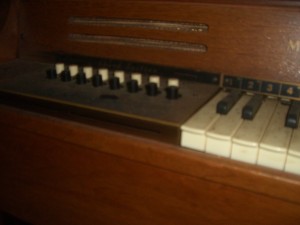
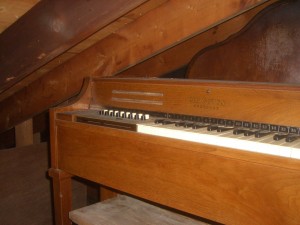

.jpg)
